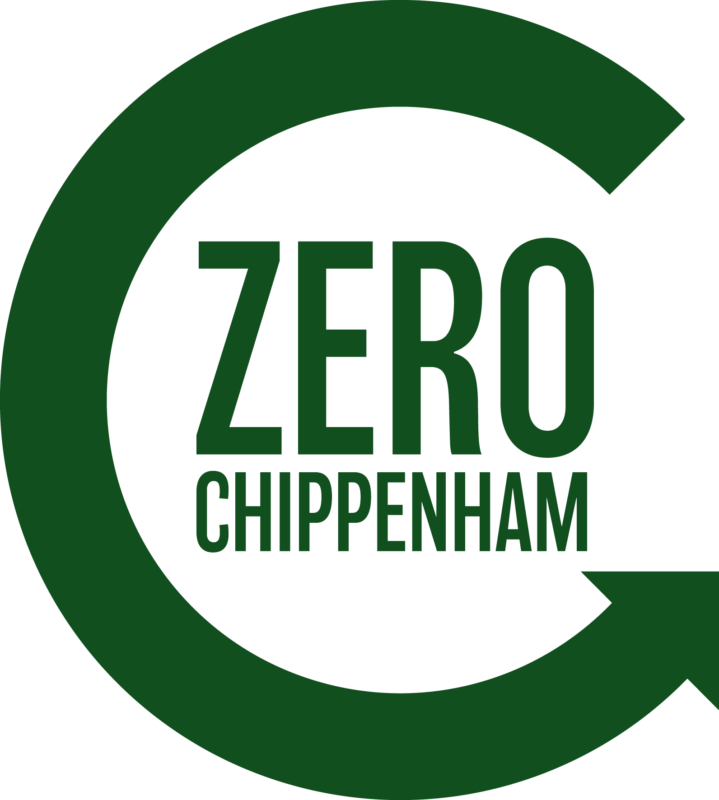Right now, we are facing a man-made disaster of global scale. Our greatest threat in thousands of years. Climate change.
If we don’t take action, the collapse of our civilisations and the extinction of much of the natural world is on the horizon.
– Naturalist Sir David Attenborough speaking at the opening ceremony of United Nations-sponsored climate talks in Katowice, Poland, 2018.
Zero Chippenham member – “Like many people around the world the current news on Climate change has me deeply worried. It seems that much of the prosperity and gains of the last 200 years since the industrial revolution may have been made at a huge cost to the environment and ultimately the future ability of our planet to support human life as we know it. What can we do before it’s too late?
But what do we mean by a ‘sustainability?”
Well firstly lets look at the concept of sustainability and give ourselves a positive outlook…
“If you want to build a flotilla of ships you don’t sit around and talk about carpentry. You set the saws ablaze with visions of exploring distant shores.”― Antione de Saint-Exupery
Sustainable Development Historical Background
It may seem that the concept of Sustainable development is a new one in light of climate change and growing awareness from documentaries such as Blue Planet II that highlighted the problem of plastic in the oceans. However the origins of Sustainable development can be traced back over 200 years.
Thomas Malthus
An English country parson Thomas Malthus who argued in an essay of 1798 that the poor would always be poor because they would always have the number of children that would keep them poor. His argument was really about the impossibility of equality.
The Industrial Revolution
The Industrial revolution starting in the 18th century saw growth through innovation, and at the start of the 20th century a large redistribution of this wealth to the working classes. But this progress was increasingly at the expense of the environment that was seen as a free limitless resource.
Yosemite National Park
In the United States in the 1890s the Yosemite national park was established. Two decades later the concept of managed forests was introduced though without attention to biodiversity.
Rachel Carson
In 1962 Rachel Carson’s book Silent Spring highlighted the indiscriminate use of DDT and the effect on the environment. At the time the book was highly criticised by those that advocated the use of DDT in controlling malaria. But Carson showed how connected the world was.
Spaceship Earth
In the 1972 UN conference Only One Earth the first image of Spaceship Earth started to be used. The limits to growth was a watershed publication by a group of MIT scientists using early computer models. Though many of the predictions proved to be over pessimistic the link between the environment and growth led to the idea of Sustainable Development.
The Brundtland Report
This was crystallised in the report by Gro Brundtland in 1987 – Our Common Future, more commonly referred to as the Brundtland Report.
It is widely known for its definition of Sustainable Development –
Development that meets the needs of the present without compromising the ability of future generations to meet their needs.
The crucial factor here was the linkage of development to environmental concerns.
In 1992 the UN Earth Summit led to the Convention on Climate change which led to the Kyoto Protocol five years later.
Millenium Development Goals
In September 2000 World Leaders came together to adopt the United Nations declaration of the eight Millenium Development goals to be acted on by 2015 and meet the needs of the World’s poorest.
Sustainable Development Goals
In 2015 a new set of 17 goals was adopted by the UN for 2030.
“The Sustainable Development Goals are the blueprint to achieve a better and more sustainable future for all. They address the global challenges we face, including those related to poverty, inequality, climate, environmental degradation, prosperity, and peace and justice. The Goals interconnect and in order to leave no one behind, it ís important that we achieve each Goal and target by 2030.”
References
University of Leicester – Concepts in Sustainable Development.
United Nations Sustainable Development Goals


